Urban Ecologies: City Sensing Beyond the Human
Collective research project, exhibition, public program, and publication
ROM for Art and Architecture, 2020-2023
Urban Ecologies: City Sensing Beyond the Human is a collective research project at ROM for Art and Architecture initiated by Bull.Miletic. The participants explore a number of perspectives on urban knowledge in times of rapid technological development and environmental crisis. Research contributions come from the field of art and architecture and the approaches range from academic and artistic research to architectural and practice-based development.
What forms of urban knowledge are left behind when an increasingly ubiquitous network of distributed sensor technologies becomes a driving factor in urban development? How can a non-profit exhibition venue take part in a research project as an active participant? What are the ways in which artists, architects, and art historians can engage collectively in these issues? The project develops collective research methods in which supervision, feedback, and public dissemination transform the exhibition space into an open and accessible research platform.
In her essay "A City is Not a Computer," Shannon Mattern shows how metaphors of the city frame conceptions of urban knowledge. A current trend is to see the city as a computer, where so-called smart city solutions produce the ideal citizen through continued processes of optimization. The driving force behind this metaphor is a surge in the development of networked sensor technologies with the potential to map and operationalize city atmospheres down to the smallest grain of dust. The idea of the city as a computer also inflicts the ongoing race to develop self-driving cars, which causes fierce competition in the production of real-time high definition maps that generate code-space for both humans and machines.
In the smart city, a large proportion of sensor technologies––the so-called Internet of Things––will produce the city and its inhabitants as data points. Most systems will have very special tasks to solve, such as finding a free parking space in the city. However, Jennifer Gabrys has made us aware of how sensor technologies shape our environment. The urban environment is not a passive backdrop on which humans and technologies operate, but is rather an active environment created in a continuous process. Therefore, it is important to assess how different environments and environmental conditions arise and are programmed through these technologies. This must be seen in an urban ecological perspective where all forms of activity have both assumed and unforeseen ripple effects.
The term "urban ecology" does not only describe a meeting point between city and nature, or measures that will make the city greener. What we are looking at is rather urban development as an evolutionary process where people, materials, and technology have been in a mutual influence throughout history. In our research, therefore, we do not focus only on the human being as an actor but study how nature, technology, and materiality have been and are active participants in processes of urban development. The Urban Ecologies project is thus critical of a fast-paced data-driven urban development where citizens in the broadest sense are not allowed to participate in decision-making processes.
The researchers in Urban Ecologies, approach the idea of the smart city by developing a variety of methods to recognize, study, and discuss the multiple other forms of urban knowledge, be they human or nonhuman that figure among Oslo’s urban ecologies. The different sub-projects have emerged out of a long-term collaborative process with the exhibition space ROM for Art and Architecture. In this sense, urban ecologies are also indicative of how this research group works in participatory processes where the works are allowed to develop in interaction with each other over time.
The project will include an exhibition and a public program in January-March 2021 and aims to further develop a program with diverse interventions, lectures, and screenings. In 2022, a publication will be published that covers the entire research project.
Background
This project started with ROM for Art and Architecture (ROM) inviting the artist duo Bull.Miletic to develop an artistic research project for the period 2020-2022. A guiding question in this collaborative process has been: How can we develop a new collaborative methodology between the exhibition venues and artistic research, especially in view of the increased focus on artistic research within the educational institutions? How can the exhibition space play a role in developing programs for a postdoc opportunity in artistic research? How can the exhibition space be an active participant in the ongoing dissemination of the research processes to a wide audience instead of only becoming an end station for the presentation of the results? This led to a completely new collaboration model, ROM STUDIO which took place between June 15 and June 26, 2020. The two-week period was the start of a long-term and exploratory collaboration between the artists and the institution.
During their studio period, Bull.Miletic invited feedback on their work from an interdisciplinary expert group. The group was comprised of associate professor of architecture and design history at NTNU Ingrid Halland; architect and assistant professor at AHO Jonas Gunerius Larsen; visual artist and project manager at ROM Gabrielle Paré; architect and associate professor at AHO Christine Petersen; director at ROM Gjertrud Steinsvåg; artistic research fellow at KHiO and Chair of the Board at ROM Petrine Vinje; curator and research fellow at UiT Stephanie von Spreter and architect, urbanist and general manager at SLA Kjersti Wikstrøm. The group reflects the interdisciplinary approach that ROM tries to build between architecture, art, and dissemination. Common for all the researchers in the project is that they are interested in the tracings, productions, and re-routings of contemporary urban ontologies in a time of environmental crisis.
The initial feedback from the expert group was guided through workshops using micro writing tools and peer review methods to develop new forms of supervision in artistic research. Through this process, the expert group, instead of standing on the outside with their critique, were asked to enter into an ongoing and collaborative research process by developing their own work in response to the project theme and initial presentation by Bull.Miletic. This challenged the group to provide feedback in the form of their own work that would push, comment, and further advance the work that Bull.Miletic develops for the exhibition venue. Together, through numerous meetings and an online collaborative platform, the expert group turned into researchers and collaborators and the project Urban Ecologies emerged.
Citizen Science
Rather than passive recipients, in this project, the public is approached as active researchers. Drawing on the recent development of citizen science in the field of climate research and environmental humanities, this project approaches the public as citizen scientists. The public has been invited as participants on an early development stage and has contributed to the artistic research all throughout the project. By emphasizing this audience-centered approach, the project aims to give citizen scientists from different backgrounds and age groups the opportunity to make unique discoveries on their individual journeys through the project's various dissemination initiatives. This makes the exhibition not a finished result, but rather part of an ongoing investigation that takes shape in the exhibition space together with the institutional staff, the research group, and the public. This working method emphasizes that dissemination, outreach, and participatory perspectives are important parts of artistic research and development. As such, knowledge does not emerge in a single body alone but takes form through collective processes.
In this way, the projects in the exhibition are versions of possible elaborations and further developments, so-called minimum drafts that are tested and changed via feedback. In this way, the project develops new forms of dissemination of artistic research. Instead of a PowerPoint presentation, we investigate formats that do not remove art from its dimension of experience, presence, and participation. The research project has had open studio periods before the exhibition and will continue to develop thematic contextualization through film screenings, discursive programming, and participatory activities.
About ROM
ROM is a non-profit organization, committed to promoting investigative architecture and art by hosting exhibitions, lectures and debates. ROM was established in its current form in 2005, when the architecture gallery Galleri ROM (founded in 1987) and the art gallery Institutt for Romkunst (founded in 1988) decided to merge in order to pursue their interdisciplinary interest in exploring spatiality.
One of the primary aims of ROM’s overall strategy is "to showcase investigative art and architecture and to challenge and take time to linger on spatial and social practice." In line with this strategy, the format of artistic research allows exactly that: in-depth examinations where artists, architects, researchers and thinkers come together to reflect and share while the artistic processes are going on. Such a position entails developing new formats and methods for artistic and architectural research, as well as making the subsequent insights accessible to outside parties.
Participants
Siri Austeen, Bergljot, Bull.Miletic, Ana Brotas, Ingrid Halland, Olaf Tønnesland Hodne, Jonas Gunerius Larsen, Shannon Mattern, Christine Petersen, Petrine Vinje, Stephanie von Spreter, and Kjersti Wikstrøm.
Partners
- James Ewen, Earthmedia, Oslo
- Hildegunn Gullåsen, The National Museum’s Library and Archive, Oslo
- Eirik Frisvold Hanssen, The National Library of Norway, Oslo
- Chris Myers, CITRIS Invention Lab, University of California, Berkeley
- Ann-Kristin Novaro, Fyrstikkalleen High School, Oslo
- Tønnes Frostad Nygaard, University of Oslo
Support
- Arts Council Norway
- Billedkunstnernes Vederlagsfond
- Corinor
- KORO
- Media Aesthetics Work Group, Department of Media and Communication, University of Oslo
- Places Journal
- The Audio and Visual Fund
- The City of Oslo
- The Fritt Ord Foundation
- The Glass and Facade Association of Norway
- The National Library of Norway
- Vindusfilm
Project Timeline
31 Urban Ecologies Phase 3: Seminar at ROM for Art and Architecture
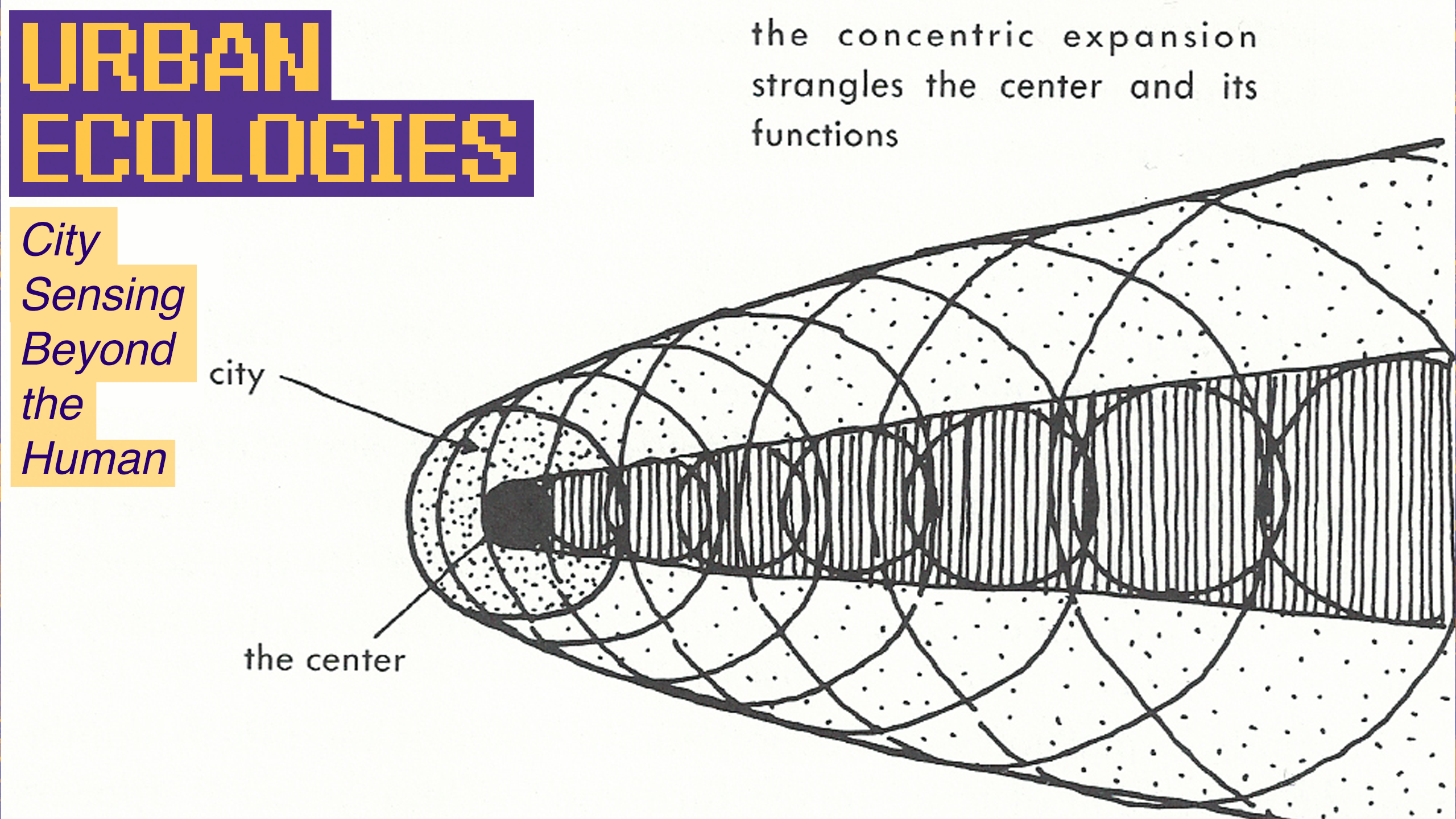
The Urban Ecologies research group and ROM for Art and Architecture welcomes you to a one-day seminar featuring the first public presentations of the art historians Ingrid Halland’s and Stephanie von Spreter’s research projects.
What forms of urban knowledge are left behind when an increasingly ubiquitous network of distributed sensor technologies becomes a driving factor in urban development? What are the ways in which artists, architects, and art historians can engage collectively in these issues through an interdisciplinary research project at a non-profit exhibition venue?
The seminar presents lectures and reflections by the art historians Ingrid Halland and Stephanie von Spreter, the visual artists Petrine Vinje and Ana Brotas, and the architects Christine Petersen and Kjersti Wickstrøm. There will be ample time for discussion with a wide audience.
Program
10:00 Gjertrud Steinsvåg and Synne Tollerud Bull: Introduction [NO]
10:15 Stephanie von Spreter: Ghosts of the Past? (Un)Mapping Urban Iconography [EN]
11:20 Petrine Vinje: Objective Enactive – Biological, material and spatial glitches [NO]
11:40 Christine Petersen + Jonas Gunerius Larsen: Convided Space [NO]
12:00 Lunch break
13:00 Ingrid Halland: Er byen en hjerne? Kybernetikk, globalisering og urbanisme ca. 1970 [NO]
14:05 Ana Brotas: The Potential of Language as an Artistic Framework [EN]
15:00 Seminar ends
21 Release of the Video Documentation of the Exhibition at ROM for Art and Architecture
We are happy to announce that the video documentation of the works in the exhibition at ROM for Art and Architecture is now online. The exhibition includes Time to Reflect Reality by Bull.Miletic with Hum of the Tram—H.O.T.T. Revisited by Siri Austeen, RE FLUX by Jonas Gunerius Larsen + Christine Petersen, Objective Enactive by Petrine Vinje + Olaf Tønnesland Hodne, and Everywhere is Now: A Cartography of Remote Daydreams by Kjersti Wikstrom.
24 Presentation of "Time to Reflect Reality" at Deep City: Climate Crisis, Democracy and the Digital
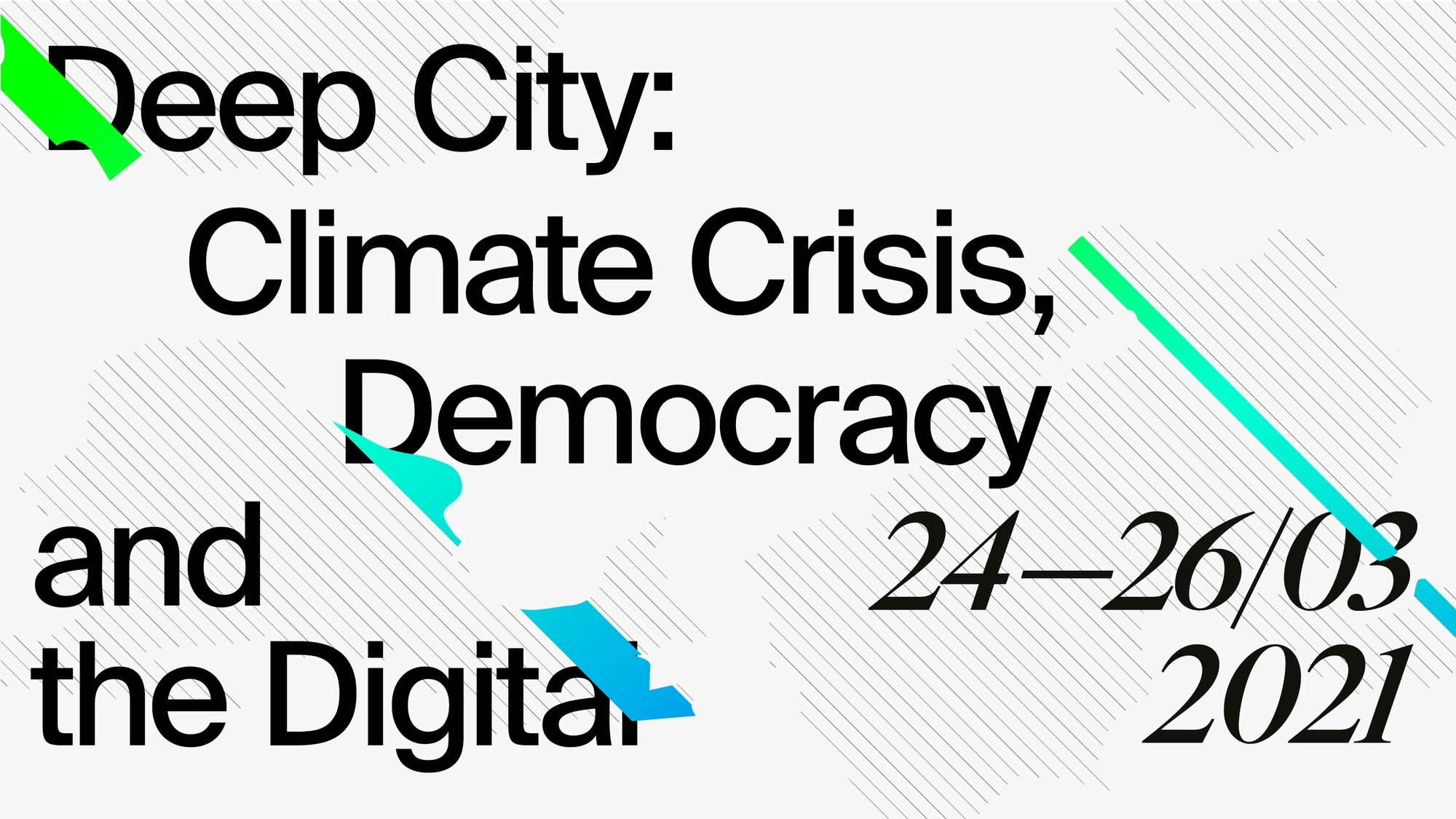
Synne Tollerud Bull will present Time to Reflect Reality by Bull.Miletic at the international conference Deep City: Climate Crisis, Democracy and the Digital. Deep City will take place online as well as at the EPFL Campus in Lausanne, with parallel and common activities in partner sites in Singapore (in collaboration with SUTD Singapore University of Technology and Design) and Hong Kong (in collaboration with Hong Kong University).
For more information, please see deepcity.ch
03 Synne Tollerud Bull presents "Time to Reflect Reality" at the Media Aesthetics workshop
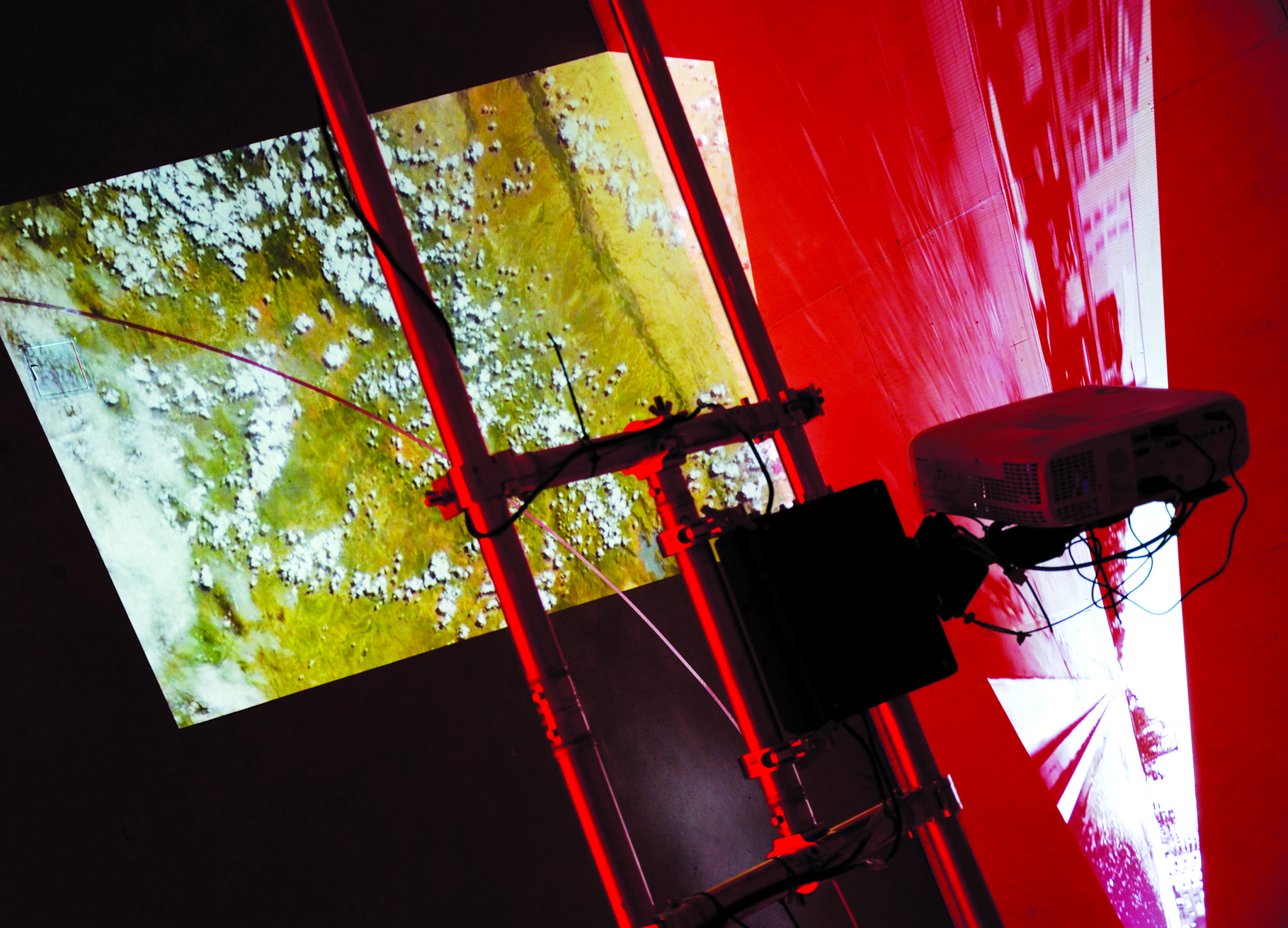
Synne Tollerud Bull will present Time to Reflect Reality at the University of Oslo Media Aesthetics workshop.
11 Exhibition Opening at ROM for Art and Architecture
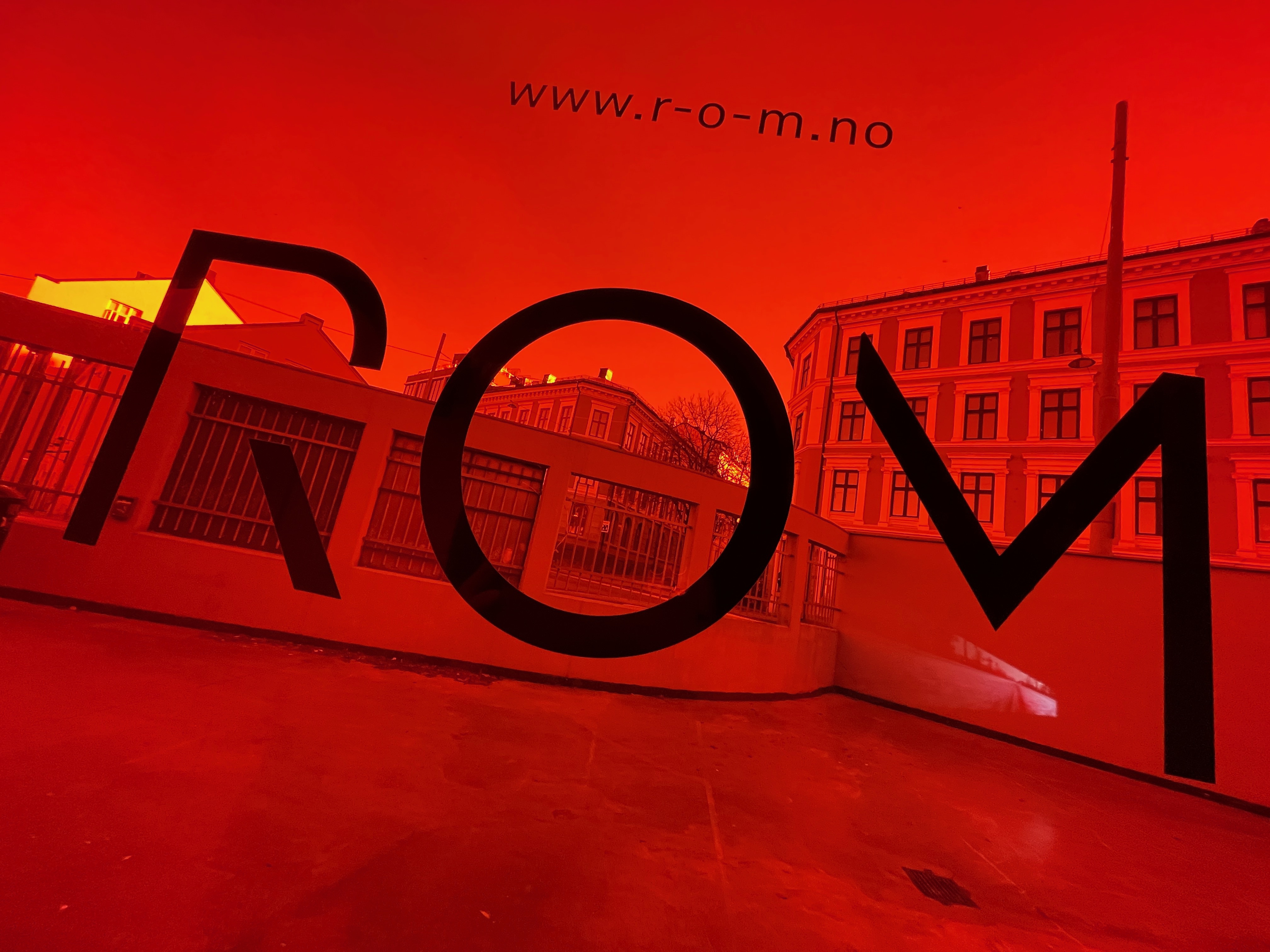
The exhibition at ROM for Art and Architecture opens on February 11 and runs until March 21, 2021. As an integral part of the research project, new works are shown that examine a number of perspectives on urban knowledge in a time of rapid technological development and environmental crisis.
The exhibition includes Time to Reflect Reality by Bull.Miletic with Hum of the Tram—H.O.T.T. Revisited by Siri Austeen, RE FLUX by Jonas Gunerius Larsen + Christine Petersen, Objective Enactive by Petrine Vinje + Olaf Tønnesland Hodne, and Everywhere is Now: A Cartography of Remote Daydreams by Kjersti Wikstrom.
The other collaborators in the project, associate professor of architecture and design history at NTNU / AHO Ingrid Halland, and curator and research fellow at UiT Stephanie von Spreter, will participate in talks and other dissemination events during the exhibition period and will also present their own contributions as public lectures later in the project period.
11 Presentation of "Time to Reflect Reality" at the 109th CAA Annual Conference
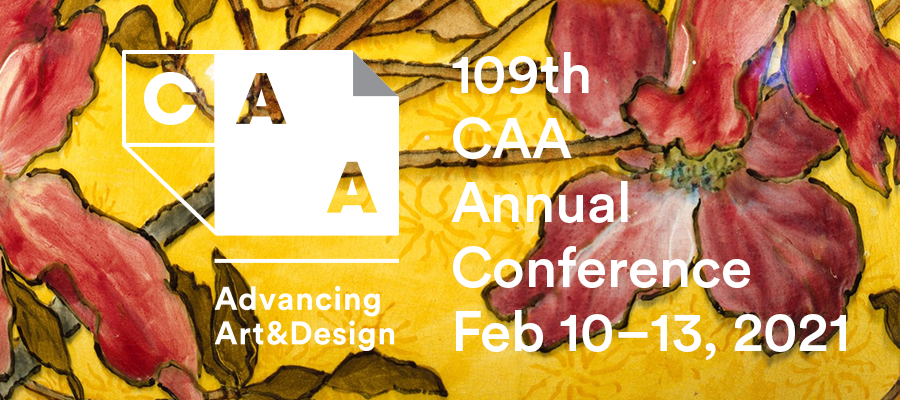
Synne Tollerud Bull will be presenting Time to Reflect Reality by Bull.Miletic at the 109th CAA Annual Conference, February 10-13, 2021, in the panel "Alternative Cartographies in Art and Art History."
The talk will be online during this period at: www.collegeart.org (registration required)
Live Q&A: Thursday, February 11, 2021, 22:00-22:30
04 Lecture by Shannon Mattern: "How to Map Nothing: Geographies of Suspension"
In this lecture, Shannon Mattern (New School for Social Research) maps out the urban infrastructural ecologies of pandemic retreat. The lecture is in English.
Two years ago – or, a century ago in phenomenological and political time – artist and writer Jenny Odell published to great acclaim a book about How to Do Nothing. She made the case for retreat or refusal as an act of resistance to capitalist productivity and laid out a plan of action for “holding open [a] place in the sun,” for attending to the world’s sensory richness. Not even a year after the book’s release, retreat was imposed on the world in the form of social distancing and lockdowns, and many people found themselves doing a whole lot of involuntary nothing. Maps and graphs showed stilled air traffic and transit systems, depressed economies, shuttered businesses, and sheltering communities. Yet underlying these geographies of suspension were urban and extra-urban networks in furious motion, ecologies of social welfare and surveillance that have historically functioned off the map, either in informal economies or via proprietary infrastructures. In this talk, we draw from feminist geography, critical race studies, and critical disability studies to consider how we might map the flip side of a COVID-19 dashboard: what urban ecologies make suspension possible for those who can afford to retreat?
The lecture is presented in collaboration with the Urban Ecologies project at ROM for Art and Architecture, the Media Aesthetics Work Group, Department of Media and Communication, University of Oslo, and Places Journal.
12:00 [EST] / 18:00 [CET] Introduction to ROM and Urban Ecologies by Director Gjertrud Steinsvåg
12:02 [EST] / 18:02 [CET] Introduction to Shannon Mattern by Urban Ecologies PI Synne Tollerud Bull
12:05 [EST] / 18:05 [CET] Lecture by Shannon Mattern
12:45 [EST] / 18:45 [CET] Q&A
13:05 [EST] / 19:05 [CET] Break, 10 min
13:15 [EST] / 19:15 [CET] PechaKucha by the members of the Urban Ecologies collaborative group
13:45 [EST] / 19:45 [CET] Response by Shannon Mattern
14:00 [EST] / 20:00 [CET] The End
28 Artist talk by Petrine Vinje: "Objective Enactive," followed by a conversation with Synne Tollerud Bull, Ingrid Halland, and Gjertrud Steinsvåg
In this talk, Petrine Vinje presents the artwork Objective Enactive, developed in collaboration with Olaf T. Hodne.
Following the talk, Synne Tollerud Bull, Ingrid Halland, and Gjertrud Steinsvåg (ROM) will have a conversation on Urban Ecologies, explaining the phases in the project, discuss how artistic research can create institutional community and how we are utilizing the exhibition space as a spatial open-ended research platform.
The talk and conversation were hosted by Artistic Research Week at the Oslo National Academy of the Arts.
25 Synne Tollerud Bull takes part in "Feed-back, Feed-forward" Multiplier Seminar for Doctoral Supervisors in Artistic Research
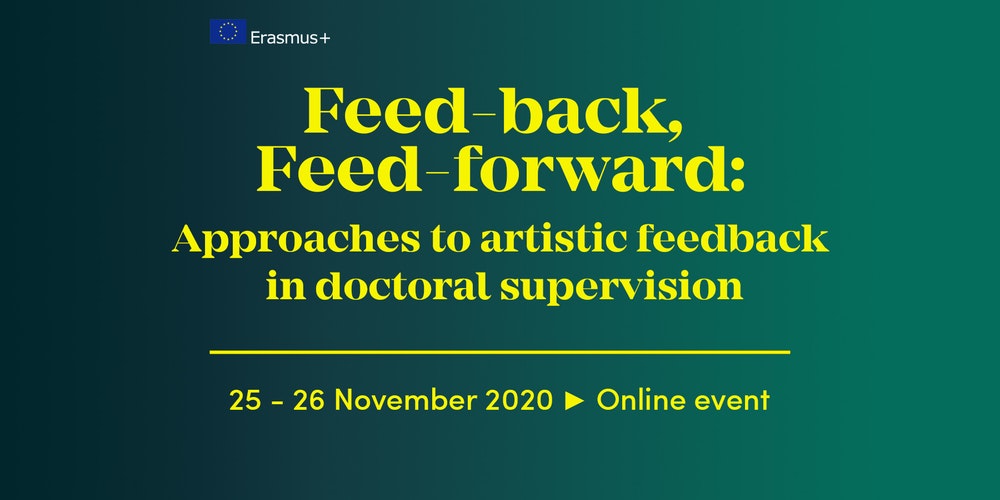
Feed-back, Feed-forward: Approaches to Artistic Feedback in Doctoral Supervision took place November 25-26, 2020 as an online event hosted by the Orpheus Institute, Ghent. Doctoral supervisors from all artistic research areas were invited to explore artistic feedback approaches and experience, through online presentations, workshops and discussions led by experts in the field.
Bull presented the ongoing development of Urban Ecologies and the experimentation with feedback through aesthetic practice which is going on in this project at ROM for Art and Architecture.
The recordings of the multiplier seminar Feed-back, Feed-forward are available online at orpheusinstituut.be.






